Catedral basílica de Nuestra Señora del Pilar (Zaragoza)
( Cathedral-Basilica of Our Lady of the Pillar )
- See Basilica of Our Lady of the Pillar (Buenos Aires) for the church in Buenos Aires
The Cathedral-Basilica of Our Lady of the Pillar (Spanish: Catedral-Basílica de Nuestra Señora del Pilar) is a Roman Catholic church in the city of Zaragoza, Aragon (Spain). The basilica's titular is the Blessed Virgin Mary under the title of Our Lady of the Pillar, praised as "Mother of the Hispanic Peoples" by Pope John Paul II. It is reputed to be the first church dedicated to Mary in history.
Local traditions take the history of this basilica to the spread of Christianity in Roman Spain attributing to an apparition to Saint James the Great, the apostle who is believed by tradition to have brought Christianity to the country. This is the only reported apparition of Mary to have occurred before her believed Assumption.
Many of the kings of Spain, many other foreign rulers and saints have paid their devotion before this statue of ...Read more
- See Basilica of Our Lady of the Pillar (Buenos Aires) for the church in Buenos Aires
The Cathedral-Basilica of Our Lady of the Pillar (Spanish: Catedral-Basílica de Nuestra Señora del Pilar) is a Roman Catholic church in the city of Zaragoza, Aragon (Spain). The basilica's titular is the Blessed Virgin Mary under the title of Our Lady of the Pillar, praised as "Mother of the Hispanic Peoples" by Pope John Paul II. It is reputed to be the first church dedicated to Mary in history.
Local traditions take the history of this basilica to the spread of Christianity in Roman Spain attributing to an apparition to Saint James the Great, the apostle who is believed by tradition to have brought Christianity to the country. This is the only reported apparition of Mary to have occurred before her believed Assumption.
Many of the kings of Spain, many other foreign rulers and saints have paid their devotion before this statue of Mary. Saint John of the Cross, Saint Teresa of Ávila, Saint Ignatius of Loyola, and Blessed William Joseph Chaminade are among the foremost ones. The Basilica of Our Lady of the Pillar is one of two minor basilicas in the city of Zaragoza, and is co-cathedral of the city alongside the nearby La Seo de Zaragoza. The architecture is of Baroque style, and the present building was predominantly built between 1681 and 1872.
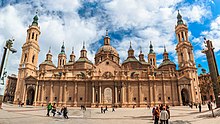 Front side of the basilicaApparition of Pilar
Front side of the basilicaApparition of Pilar
According to ancient local tradition, soon after the crucifixion and resurrection of Jesus, Saint James was preaching the Gospel in Spain, but was disheartened because of the failure of his mission.[1] Tradition holds that on 2 January 40 AD,[2] while he was deep in prayer by the banks of the Ebro,[3] the Mother of God appeared to him and gave a column of jasper and instructed him to build a church in her honor:[1] "This place is to be my house, and this image and column shall be the title and altar of the temple that you shall build."[4]
First chapelAbout a year after the apparition, James is believed to have had a small chapel built in Mary's honor, the first church ever dedicated to her. After James returned to Jerusalem, he was executed by Herod Agrippa in about 44 AD, the first apostle to be martyred for his faith. Several of his disciples took his body and returned it for final burial in Spain.[1] This first chapel was eventually destroyed with various other Christian shrines, but the statue and the pillar stayed intact under the protection of the people of Zaragoza.[5]
Expansions Romanesque church Mudéjar church of the Pillar in 1647 by Juan Bautista Martínez del Mazo.
Mudéjar church of the Pillar in 1647 by Juan Bautista Martínez del Mazo.Numerous churches have been built upon this site through the years. The tiny chapel built by Saint James later gave way to a basilica-like enclosure during Constantine I's time; subsequently being transformed into Romanesque, then Gothic then Mudéjar styles.[6] The venerated shrines at Zaragoza date to the Christian Reconquest by King Alfonso I in 1118.[7] A church in the Romanesque style was built under the pontificate of Pedro de Librana[6] who is also credited with the oldest written testimonial to the Virgin at Zaragoza.[3] A tympanum on the south wall of this Romanesque church still stands.[6]
Gothic church Basilica of the Pillar in 1806, before the four high Neo-Mudéjar spiers were most built in 1872. Most part of the angular towers that enhance the exterior volume date to the 20th century, and were not completed until 1961. Engraving by Robert Daudet and Louis-François Lejeune.
Basilica of the Pillar in 1806, before the four high Neo-Mudéjar spiers were most built in 1872. Most part of the angular towers that enhance the exterior volume date to the 20th century, and were not completed until 1961. Engraving by Robert Daudet and Louis-François Lejeune.The Romanesque church was damaged by fire in 1434, and reconstruction began in the Mudéjar Gothic style.[6] A Gothic-style church was built in the 15th century but only a few parts of it remain intact or were later restored, including the choir stand and the altarpiece in alabaster[8] by Damián Forment.
Current church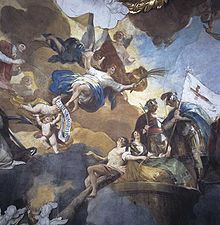 Detail of the fresco of The Queen of Martyrs in the dome, painted by Francisco Goya
Detail of the fresco of The Queen of Martyrs in the dome, painted by Francisco GoyaThe present spacious church in Baroque style was begun in 1681[3] by Charles II, King of Spain and completed in 1686.[5] The early constructions were supervised by Felipe Sanchez[6] and were later modified by Francisco Herrera the Younger under John of Austria the Younger.[9] In 1725, the Cabildo of Zaragoza decided to change the aspect of the Holy Chapel and commissioned the architect Ventura Rodríguez, who transformed the building into its present dimensions of 130 meters long by 67 wide, with its eleven cupolas and four towers. The area most visited is the eastern part of the chapel, because this is where the Holy Chapel by Ventura Rodríguez (1754) is built, which houses the venerated image of the Virgin. Around the Holy Chapel are the vaults or domes painted with frescoes by Francisco Goya: The Queen of Martyrs and Adoration of the Name of God.[8] The gilding and other ornamentation throughout the building were designed and overseen by Goya's father José.[10] By 1718 the church had been vaulted over. However, it was not until 1872 that the final touches were put to these vaults, when the main dome and the final spire were finished.[6]
During the Spanish Civil War of 1936–1939 three bombs were dropped on the church but none of them exploded.[2] Two of them are still on show in the basilica.
Notable choirmasters include the Baroque composer Joseph Ruiz Samaniego.
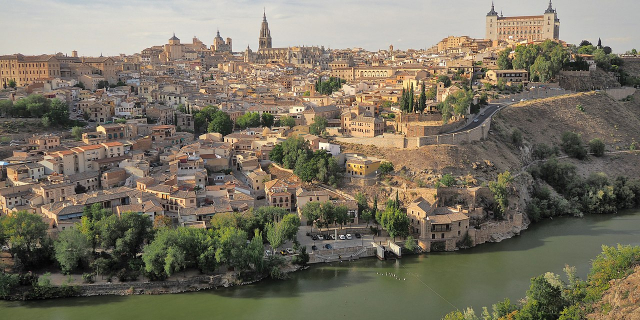



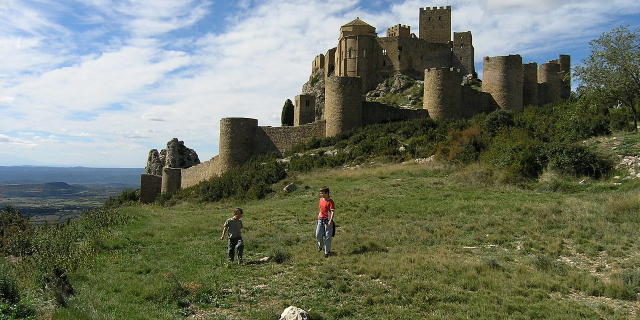






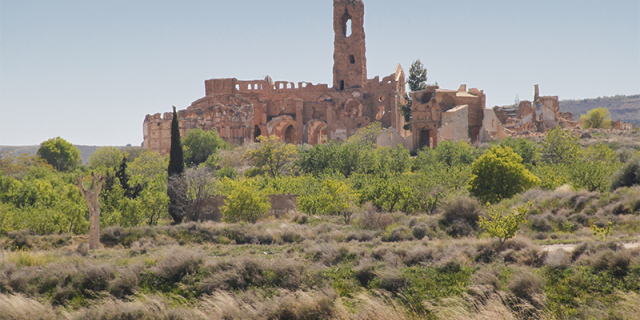

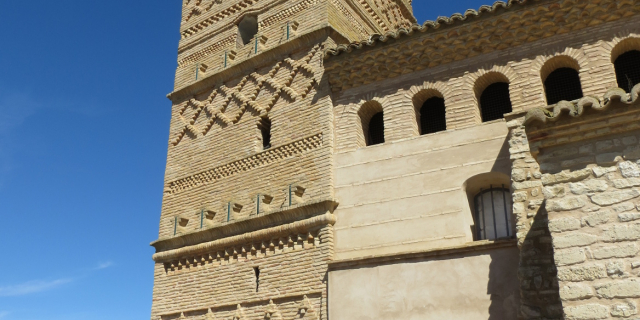

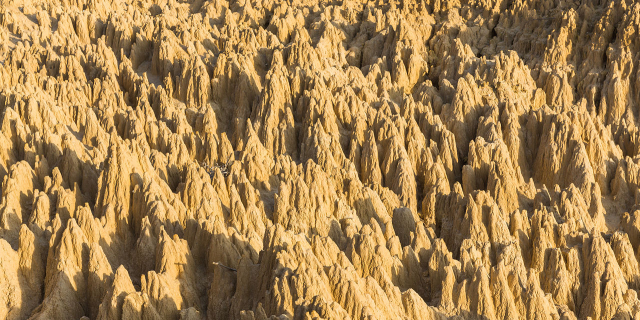

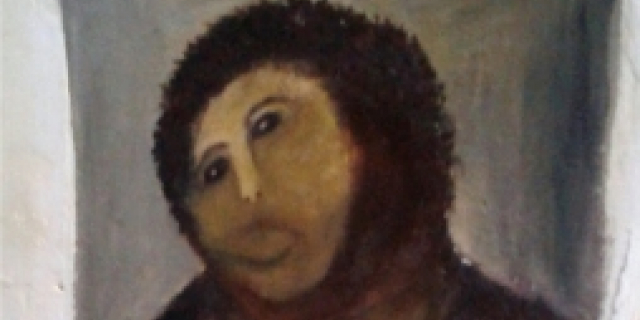





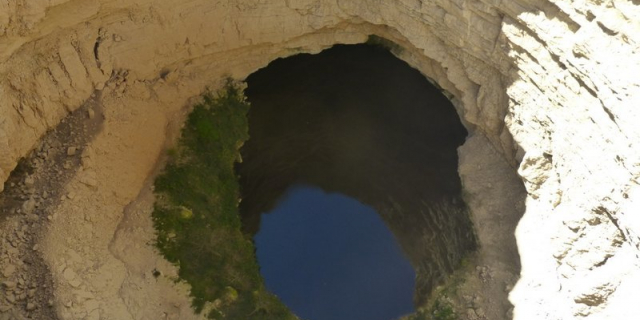

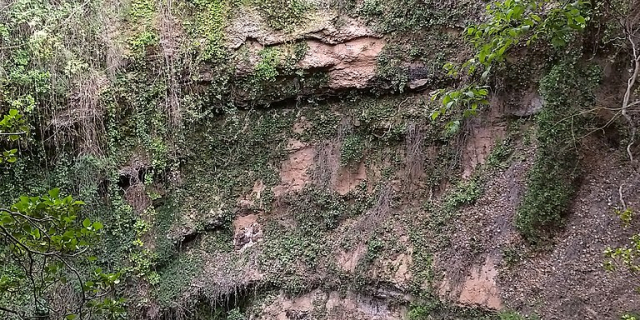


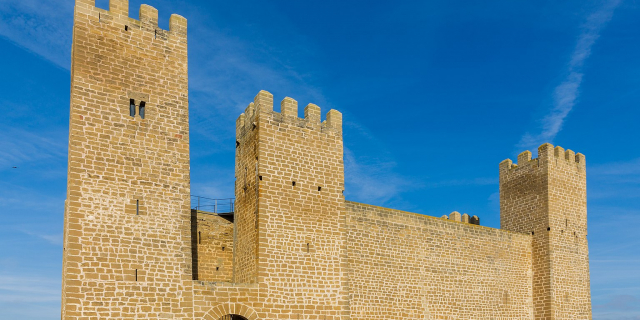






Add new comment